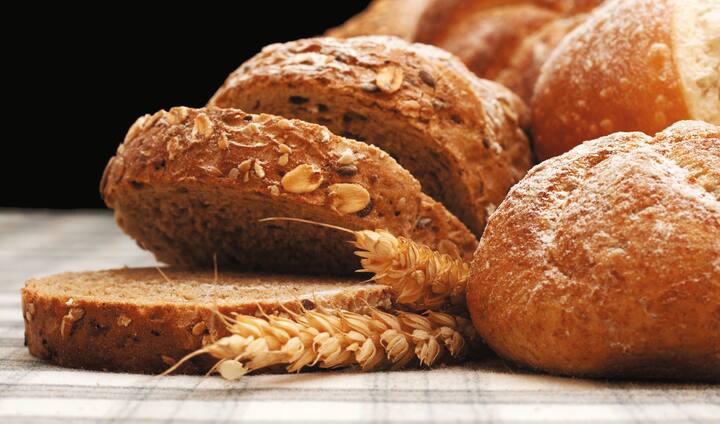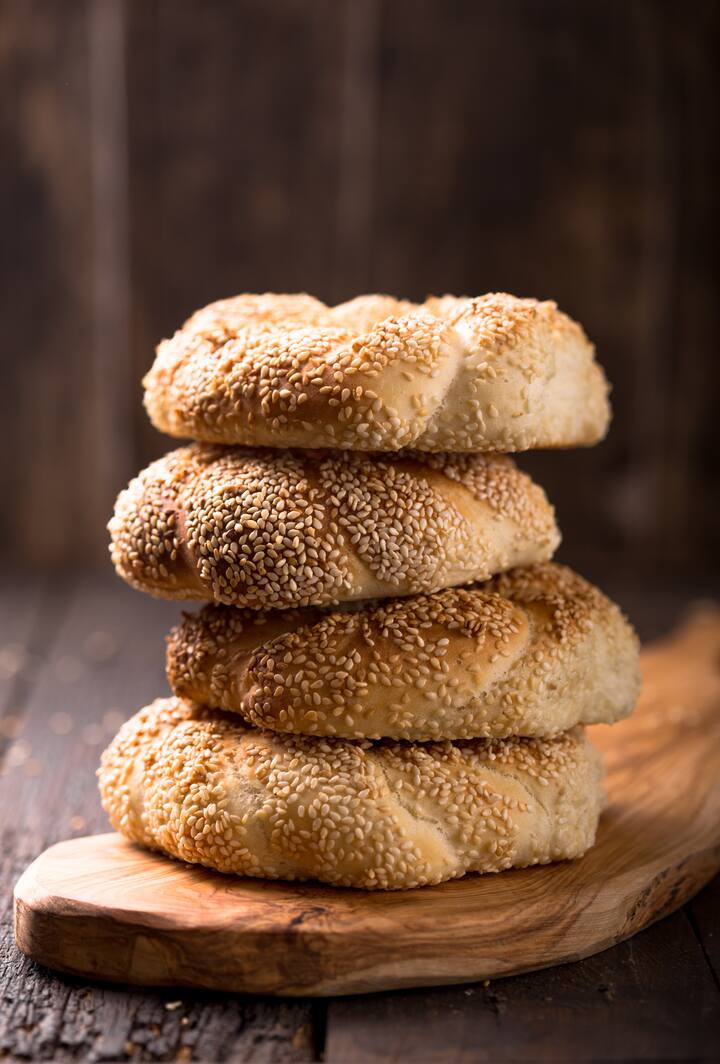
What is the difference between gluten-free and gluten-containing grains?
In order to explain the interpretation of EU legislation on gluten, it is first important to understand the health conditions referred to as food hypersensitivity and how different people can react to them.
In people with coeliac disease and other related conditions, gluten can cause an autoimmune reaction in which the body's immune system attacks its own tissues. This can lead to damage to the lining of the intestine, diarrhoea, fatigue and bloating. Coeliac disease is also known as gluten intolerance.
Gluten intolerance is slightly different from being allergic to gluten-containing grains. In an allergic reaction, the proteins in the gluten-containing grain (gluten, but also other proteins) are attacked by the immune system. The symptoms range from mild, such as itching and a rash around the mouth, to more severe symptoms such as vomiting, diarrhoea, breathing difficulties and sometimes anaphylaxis (shock).
Gluten-free
Although gluten is one of the proteins to which people with food allergies may react, gluten itself is not included in the list of 14 allergens that must be listed on the label. This is because they are part of a grain that, in addition to gluten, also contains other proteins from that grain that can cause allergic reactions. See Annex II in Regulation (EU) No. 1169/2011.
To be labelled gluten-free, a food product must contain no more than 20 mg/kg of gluten. These products are suitable for people with coeliac disease (see Implementing Regulation (EU) No. 828/2014 for more information). A common misconception is that this gluten-free claim also applies to the allergen declaration. It is therefore incorrect to assume that an allergen no longer needs to be indicated in a different typeface in the list of ingredients. All 14 allergens listed in Annex II to Regulation (EU) No 1169/2011 must be included in the declaration in a different typography (unless they are exempt, of course).

Gluten-containing grains
People with a gluten allergy may have an allergic reaction to a range of proteins found in “gluten-containing grains” (including gluten, but also albumins, globulins, α-amylase inhibitors, see advice from the EFSA (2014) for more information).
Gluten-containing grains, or more specifically wheat (such as spelt and khorasan wheat), rye, barley, oats or their hybrid varieties, are included in the list of substances or products that cause allergies or intolerances. It is specifically the cereals referred to in the legislation, which is why the name of the cereal (described as wheat, rye, barley, oats, their hybrid varieties and products thereof) must be emphasised in the list of ingredients of products containing these cereals. This is important because people may be allergic to one gluten-containing cereal but not to another. No minimum quantity has therefore been set for emphasising the type of cereal. Oats do not contain gluten themselves. It is mainly cross-contamination with other cereals in the supply chain that makes it possible for them to contain gluten.
In summary
The gluten-free claim is for foods that are suitable for people with coeliac disease and related conditions, while the allergen labelling requirements in accordance with Annex II of Regulation (EU) No. 1169/2011 relate to food information for people with a genuine food allergy to “cereals containing gluten”.